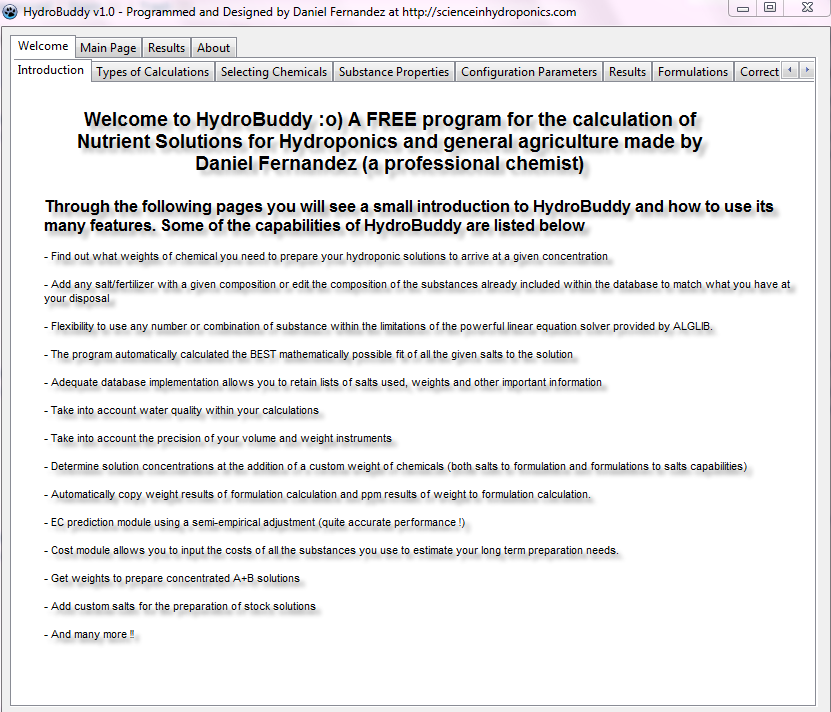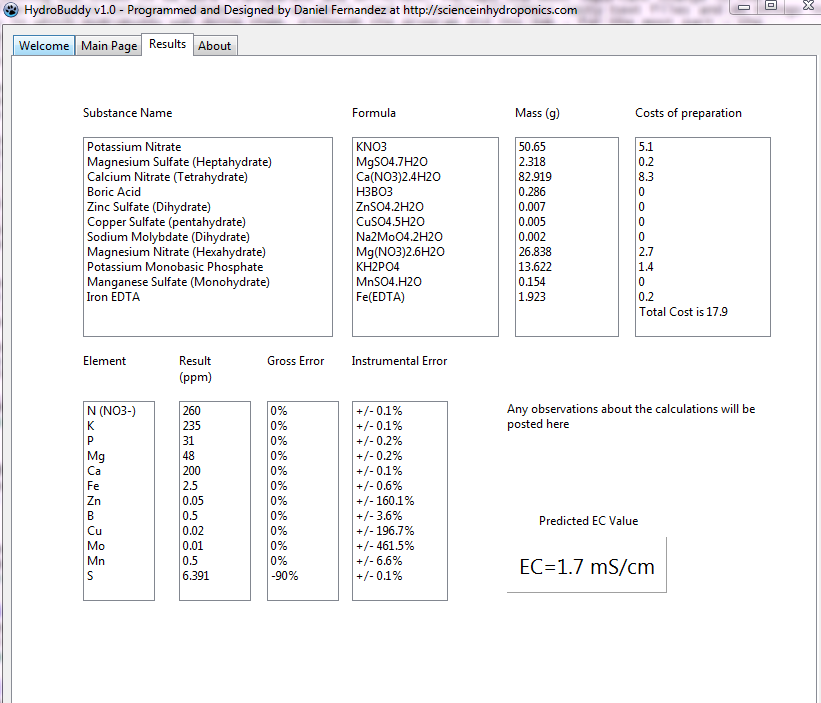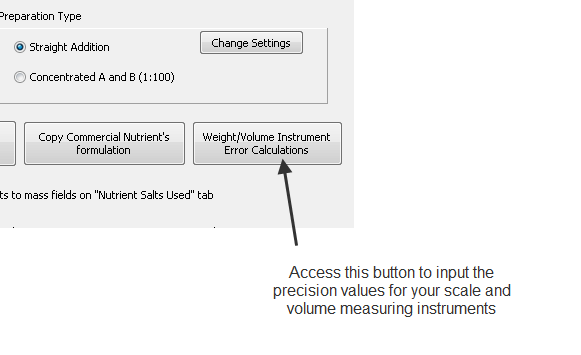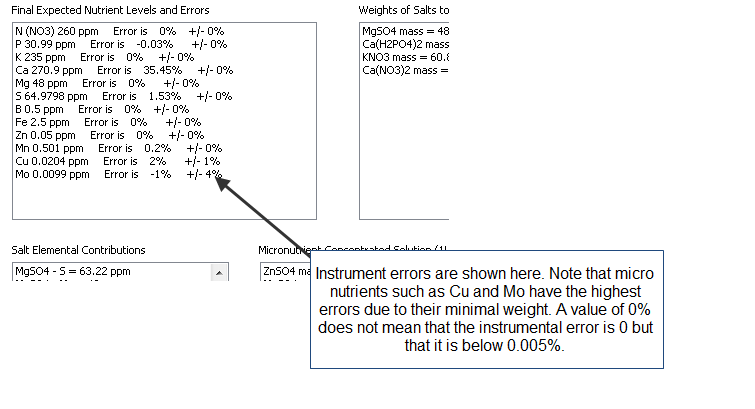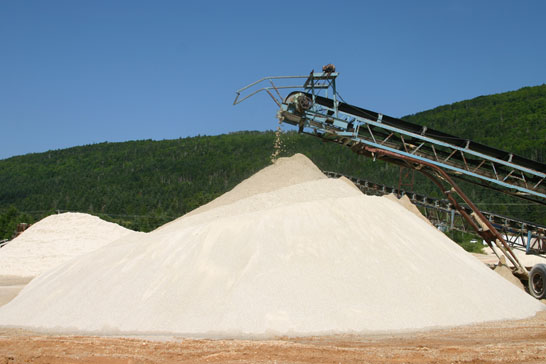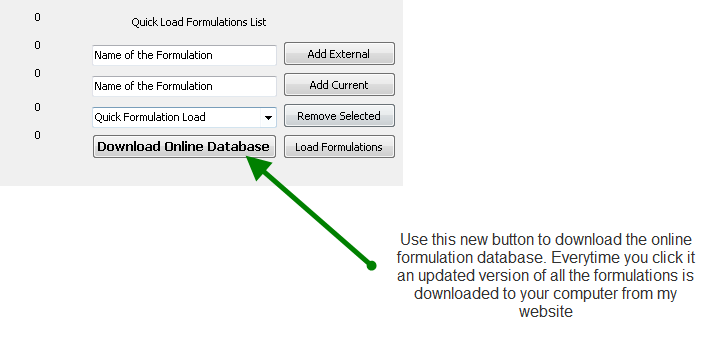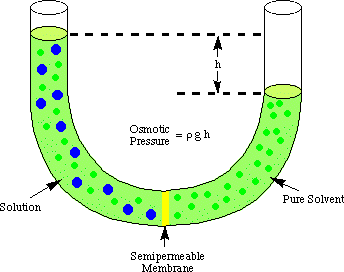HydroBuddy v1.100 : The First Free Open Source Hydroponic Nutrient Calculator Program Available Online
HydroBuddy is a completely free and open source program for the calculation of nutrient solutions for hydroponics and general agriculture built by me – Daniel Fernandez – based on my experience in hydroponics as a professional chemist. This piece of software was coded from the ground up using the Lazarus open source programming suite and implemented using appropriate database solutions as well as a powerful linear equation solving algorithms from AlgLib. HydroBuddy binaries are available for Linux, MacOS and Windows. HydroBuddy is released under the GPL license.

These are some of HydroBuddy’s features :
- Calculates the weights of specific substances needed to arrive at specified concentrations of different elements (formulation to salt weights calculation)
- Easily fine tune your salt weights after calculations.
- Contains library with commonly available fertilizer salts (new in v1.7)
- Leaf tissue database and conversion to concentrations needed in solution based on water use efficiency equations (v1.99)
- Raw salts in the included DB have links to help new users know where to buy them (accessible by clicking the salt name in the results tab). Please note these are amazon affiliate links that support the development of the software at no extra cost to you. (new in v1.7)
- Includes ability to save and load lists of substances used for calculations. (new in v1.7)
- Empirical model for the prediction of EC (new in v1.8)(read more here)
- Figure out the nutrient contribution from different acids to neutralize different levels of total alkalinity (v1.95)
- Calculate the percent composition of the solid mix used to prepare a given solution (v1.95)
- Program state is completely saved when the application is properly closed (v1.95)
- Calculations in ppm, mmol/L, mol/L and meq/L.
- Calculate liquid additions in mL and add any custom substances as liquids
- Edit the percentage elemental composition of each substance or add new ones to fit your needs
- Powerful open source linear equation solver provided by AlgLib
- Always tries to find the best mathematical fit to a formulation by a given group of substances
- Allows to get the concentration values for the addition of a certain specified amount of substances (salt weights to formulation calculation)
- Easy-to-use interface for the addition, edition and assignation of substances to calculations
- EC prediction module based on limiting molar conductivities, ionic strength and ion charge (new in v1.9)(read more here)
- Use the resulting weights of a formulation calculation to perform a calculation of the opposite nature and vice versa (easily allows you to see the effect of manual modifications)
- Calculations for both direct additions and A+B concentrated solutions
- Use any custom substance as a part of an A+B concentrated solution calculation
- “Substance Analysis” module which allows you to analyze different substance, it can be used to figure out the ppm contributions of commercial fertilizers.
- Water quality module allows you to include water quality analysis within the calculations
- Adequate implementations of instrumental and gross errors with custom instrument precision input
- Proper database implementation allows you to easily save your custom formulations
- Set default water quality and data log data sets that load automatically on program startup
- Save and load formulations using any concentration unit.
- Choose between grams or ounces
- Choose between liters, gallons and cubic meters for volume inputs
- Export calculation results to a CSV file
- Tutorial tabs showing and explaining the main features of the program !
The program allows anyone to easily carry out calculations for the preparation of nutrient solutions, a very cumbersome task that can take a lot of time and effort when done manually. If you’re having trouble with HydroBuddy and you would like to purchase support please email me by using the contact form with your requirements to receive a quote. If you are using HydroBuddy for academic purposes please cite its use as follows:
Daniel Fernandez Pinto, "HydroBuddy: An open source nutrient calculator for hydroponics and general agriculture", v1.100, url: https://github.com/danielfppps/hydrobuddy, 2022
If updating from an old version by replacing only the executable, make sure you delete all the csv and ini files within the folder to avoid configuration issues.
Versions are numbered sequentially (v1.96, v1.97, v1.98, v1.99, v1.100…). Version v1.100 is the last version available.
You can download the program binaries through the following links:




A simplified version of the program with most of its basic functionality is also available on Android. You can get it through the google play store by using the link below:

